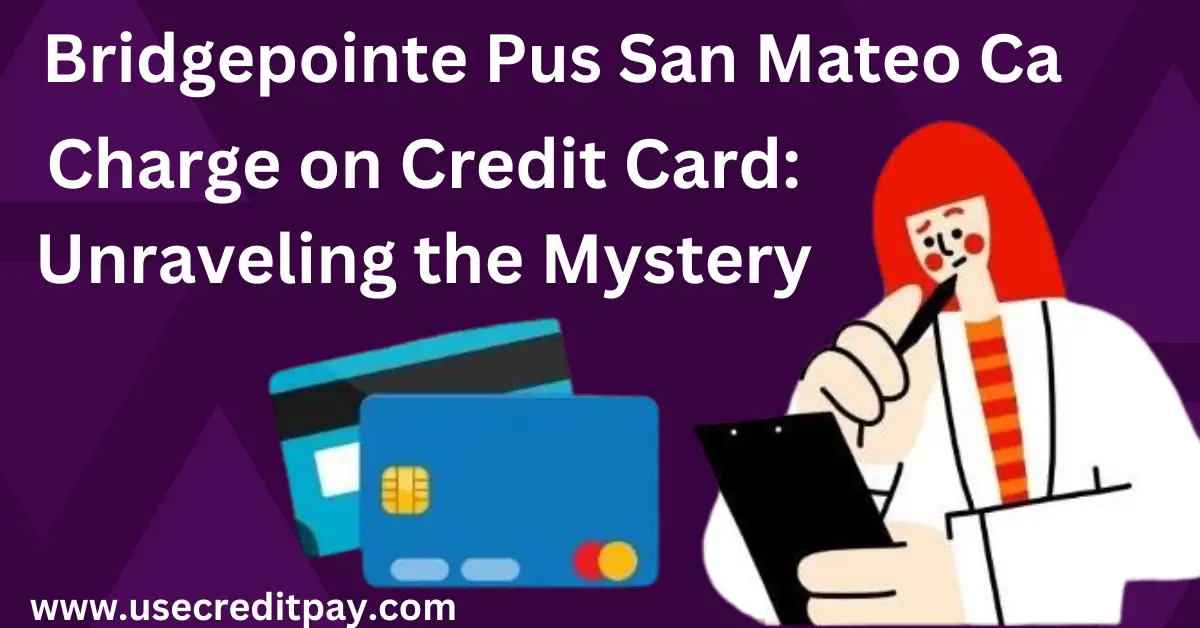Maximizing Credit Card Rewards: Frank’s Four-Card Strategy, Frank has four different credit cards. Each card comes with its own unique benefits and drawbacks.
Credit cards are a convenient tool for making purchases and managing finances. However, with so many options available in the market, it can be challenging to choose the right one. The choice becomes even more complicated when you have multiple credit cards to consider.
In this scenario, it’s important to understand the benefits and drawbacks of each credit card to make informed decisions. We’ll explore Frank’s four different credit cards and analyze their features. By the end, you’ll learn how to compare and select the best credit card for your needs. So, let’s dive in!
Frank’s Four-card Strategy
With the numerous credit card options available today, choosing the right one can be confusing. However, Frank has found a strategy that helps him maximize his benefits and save money. He has four different credit cards, each serving a different purpose. Let’s take a closer look at Frank’s Four-Card Strategy:
Card #1: Cash Back Card
Frank’s first credit card is a cash-back card that rewards him with a percentage of his purchases. This card is ideal for everyday expenses like groceries or gas. Frank uses it for all his purchases and pays off the balance every month to avoid any interest charges. By doing so, he earns cashback and saves money on his monthly bills.
Card #2: Travel Rewards Card
Frank’s second credit card is a travel rewards card that earns him points for every purchase he makes. He uses this card specifically for travel-related expenses like flights, hotels, and rental cars. The points he earns can be used to book future trips or redeemed for other rewards. This card also offers other benefits like travel insurance and airport lounge access, which Frank takes advantage of during his travels.
Card #3: Balance Transfer Card
Frank’s third credit card is a balance transfer card that he uses to consolidate his debts. This card offers a low interest rate for a specific period, allowing Frank to transfer high-interest balances from other credit cards. By doing so, he saves money on interest charges and pays off his debts faster. Frank makes sure to pay off the balance before the introductory period ends to avoid any high-interest charges.
Card #4: Category Rewards Card
Frank’s fourth credit card is a category rewards card that offers bonus points for specific purchase categories. For example, he earns extra points for dining out or shopping for groceries. He uses this card for expenses where he can earn the most points and maximize his rewards. Frank also makes sure to pay off the balance every month to avoid any interest charges.
Overall, Frank’s Four-Card Strategy allows him to take full advantage of credit card rewards and benefits while staying financially responsible. By choosing the right card for each expense, he maximizes his savings and earns extra rewards. Consider following Frank’s strategy to make the most out of your credit cards.
How To Implement Frank’s Four-card Strategy
Implementing Frank’s four-card strategy is easy and straightforward. First, choose credit cards with different rewards or benefits to maximize savings. Second, keep track of billing due dates to avoid late fees. Lastly, use each card responsibly and pay balances on time to maintain good credit.
Frank’s four-card strategy is a smart way to maximize the rewards and benefits of credit cards. However, implementing this strategy can be overwhelming, especially if you are new to credit cards. In this section, we will guide you through the step-by-step process of implementing Frank’s four-card strategy.
Step 1: Assess Your Spending Habits
The first step in implementing Frank’s four-card strategy is to assess your spending habits. Look at your monthly expenses and determine where you spend the most. Do you spend a lot on groceries or dining out? Or maybe you have a significant amount of bills to pay. Once you’ve identified your spending habits, you can choose credit cards that offer rewards or cash back for those categories.
Step 2: Analyze The Rewards Programs Offered By Various Credit Cards
After assessing your spending habits, research credit card rewards programs that align with your lifestyle and spending habits. Look for credit cards that offer high rewards for the categories where you spend the most. For example, if you spend a lot on groceries, look for a credit card that offers cash back or rewards for grocery purchases. Make sure to also consider the annual fees, interest rates, and other fees associated with each card.
Step 3: Apply For The Cards That Fit Your Spending Habits And Rewards Goals
Once you have identified the credit cards that fit your spending habits and offer rewards that align with your goals, it’s time to apply for the cards. Be careful not to apply for too many cards at once, as this could negatively affect your credit score. Apply for one or two cards initially and make sure to read the terms and conditions carefully.
Step 4: Track Your Spending And Rewards To Ensure Maximum Benefit
After you have applied for your new credit cards, it’s important to track your spending and rewards. You can use a spreadsheet or an app to track your credit card spending and rewards earned. This will help you ensure you are getting the maximum benefit from each card. Make sure to pay off your balances in full each month to avoid interest charges. Implementing Frank’s four-card strategy may take some time and effort, but if done correctly, it can be a great way to maximize credit card rewards and benefits. By following the steps outlined above, you can choose credit cards that fit your lifestyle and spending habits, apply for them strategically, and track your spending and rewards to ensure you are getting the most out of each card.
Potential Pitfalls To Avoid
When it comes to credit cards, it can be easy to fall into the trap of thinking that more is better. However, the truth is that having too many credit cards can actually be detrimental to your financial health. Frank, for example, has four different credit cards, but he needs to be careful to avoid some potential pitfalls that come with them. Here are some things he should watch out for:
Paying High Annual Fees
Some credit cards come with annual fees, which can range from a few dollars to several hundred dollars. While these fees may be worth it if the card offers significant rewards or benefits, they can quickly add up if you have multiple cards. Frank should review each of his card’s benefits and decide if the annual fee is worth it. If he finds that he is not using the benefits of a card enough to justify the fee, he should consider canceling it.
Falling For Tempting Sign-up Bonuses
Credit card companies often offer enticing sign-up bonuses to new customers, such as cashback rewards or airline miles. While these bonuses can be tempting, Frank should be aware of their potential downsides. For example, some cards may require him to spend a large amount of money in a short period of time to qualify for the bonus. Additionally, some cards may have high interest rates or fees that negate any benefits the bonus provides. Frank should carefully read the terms and conditions of each sign-up bonus before signing up for a card.
Carrying A Balance And Accruing Interest Charges
If Frank carries a balance on any of his credit cards, he will accrue interest charges. These charges can add up quickly and make it difficult to pay off his debt. To avoid this pitfall, Frank should aim to pay off his credit card balances in full each month. If he cannot pay off his balances in full, he should at least aim to pay more than the minimum required payment. This will help him avoid getting into debt and paying unnecessary interest charges.
Frequently Asked Questions For Frank Has Four Different Credit Cards
Is It Normal To Have 4 Credit Cards?
Yes, it is common for consumers to have more than one credit card. However, it is important to manage the finances properly and make timely payments to avoid accruing debt or hurting credit scores. The number of credit cards should be based on individual needs and financial situations.
In Which Order Should Michelle Pay Off Her Credit Cards?
To pay off credit cards, Michelle should prioritize the one with the highest interest rate first. Then move on to the one with the next highest rate until all are paid off. This method minimizes the total interest paid and can save money in the long run.
Can A Customer Have Multiple Credit Cards?
Yes, a customer can certainly have multiple credit cards. However, it is important to use them responsibly and keep track of payments and balances to avoid accumulating debt and negatively impacting credit score.
Why You Should Have Four Credit Cards?
Having four credit cards can allow you to maximize rewards, improve your credit score, and provide backup in case of an emergency. However, it’s important to use them responsibly and keep track of payment due dates and balances. Consider your spending habits and if multiple cards make sense for your financial goals before applying.
Frank and his four credit cards might seem overwhelming to some, but it’s important to manage credit wisely. By understanding the benefits and drawbacks of each card, Frank can maximize his rewards and limit any potential negative impact on his credit score.
It’s always helpful to regularly review credit reports and credit card statements to stay on top of any fraudulent activity and maintain healthy credit habits. With proper management, credit cards can be valuable financial tools.





